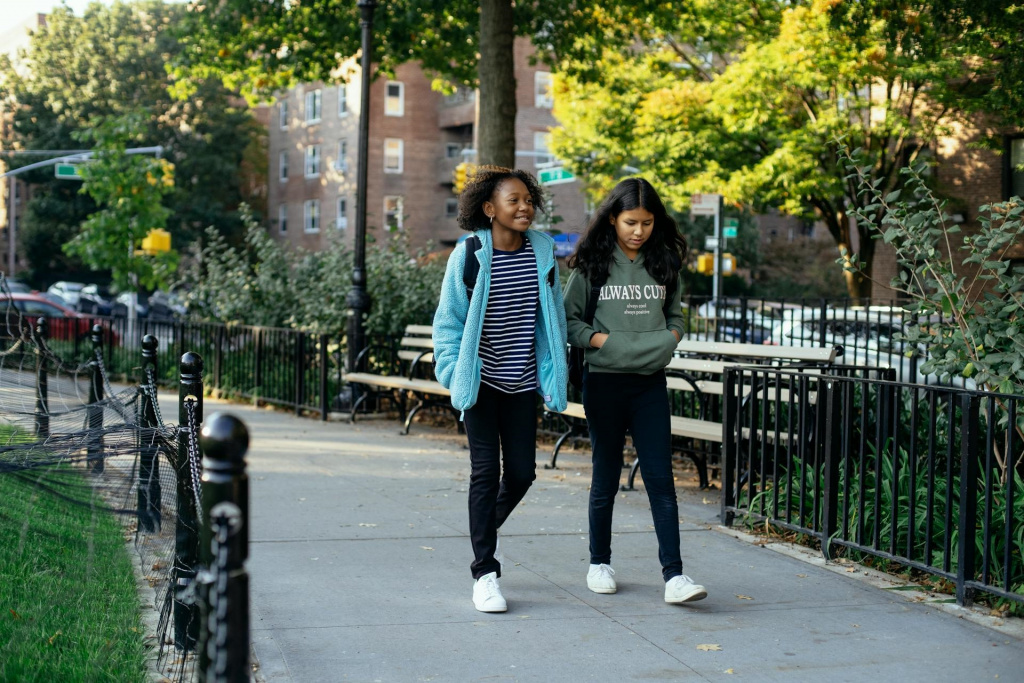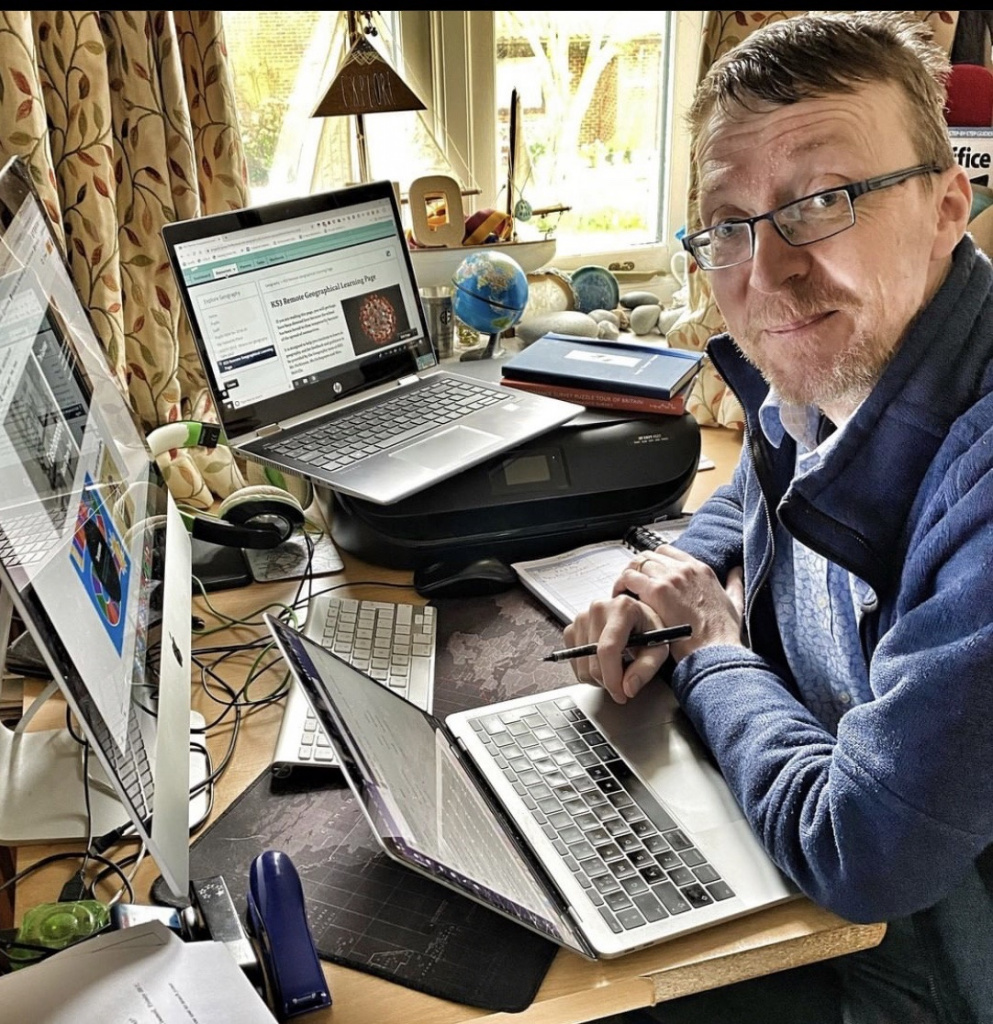
'Teaching geography should not be the forcing of an unwanted subject on to unwilling receivers, but the generating of interest in a dimension which influences the actions and explanations of everyday life'
Rex Walford, Geographical Association Presidential Lecture 1984
Imagine a 'Mastermind' quiz show contestant boldly declaring that their chosen specialist subject was 'the whole world and everything that happens on it'. This, however, is the object of study of geographers: an ambition which is ‘absurdly vast’, as Alastair Bonnett said in his own 2008 book on the subject. Given the limitations of curriculum time, we can only teach a fraction of the processes, landforms, countries and interactions that make up the beautiful and messy place that is our only home.
Over the years, successive institutions, learned societies, governments and influential individuals have suggested which preferred aspects of the discipline should be explored by students of different ages and which should receive less attention. These decisions, adopted freely by enough teachers or enforced by legislation against our better judgement, become the curriculum. The ultimate choice hopefully lies with individual departments, filtered down into individual classrooms, but some teachers will face an imposed curriculum with little agency.
In 2021-2022, I had the great privilege of serving as the President of the Geographical Association. The President chooses a theme for the year, and mine was ‘Everyday Geographies’. This had and continues to have several meanings for me:
- Geography is something we encounter every day, from the commodities we consume to the carbon footprint of our daily activities and the inequalities inherent in our everyday interactions. Not everyone is aware of these interconnections, or that their spatial nature is significantly geographical.
- There is a tendency to focus on the extreme or unusual rather than appreciate the everyday. We teach about the flood rather than the years of normal river flow; the eruption rather than the dormancy; the megacity rather than the rural village; the exotic rather than what Georges Perec referred to as the endotic or infra-ordinary (2010).
- The everyday is where geography happens: the diurnal circulation of people into and out of cities to work or play; changing weather patterns which over time become a changing climate or shoppers selecting items for their supermarket trolley which have been grown or produced in countries around the world by unseen individuals.
The emergence of COVID-19 in 2020 changed everyone’s everyday, and the shadow of this event hung over my Presidential year. When lockdown forced a change of pace and the need to isolate, where you were made a real difference to your quality of life and mental health. In a piece written at the start of the pandemic, American writer David Wolman (who majored in Geography) reminded us that 'It is naive to think of other places as disconnected from our own geography, our own lives. Where matters – absolutely. But it’s also true that we all live right here. Together.' (Wolman, 2020)
